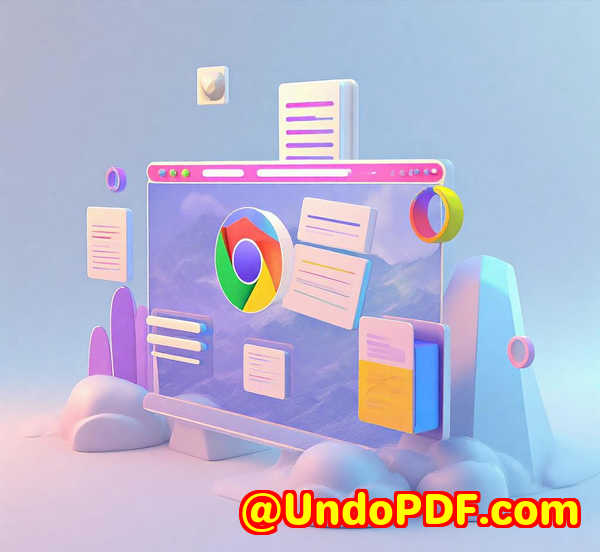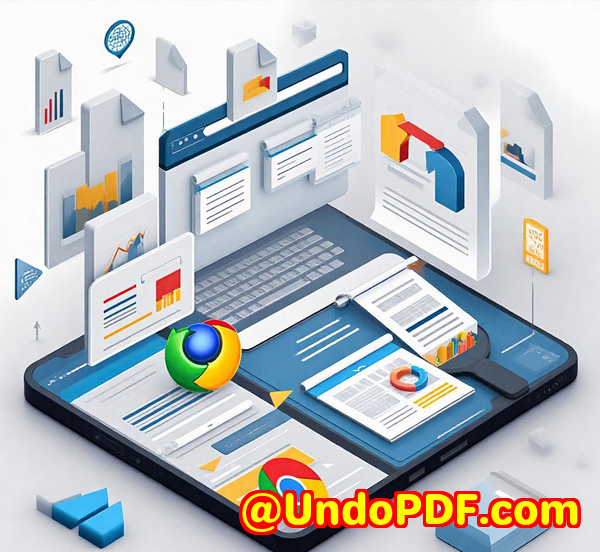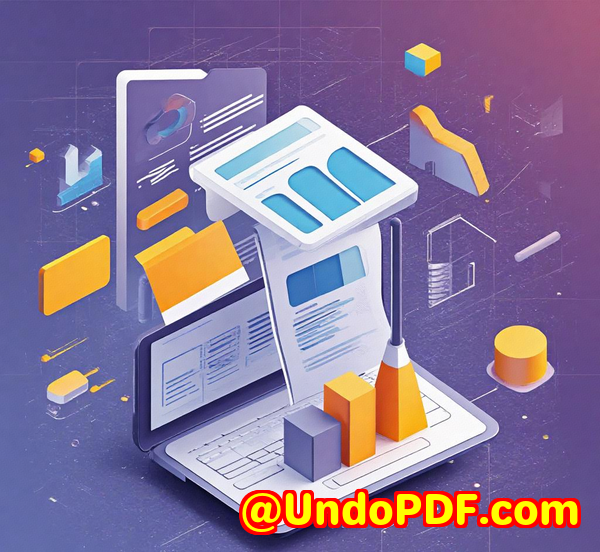Convert Multiple PDFs to Word in Bulk Using imPDF REST API A Step-by-Step Guide
Convert Multiple PDFs to Word in Bulk Using imPDF REST API A Step-by-Step Guide
Meta Description:
Tired of manually converting PDFs to Word? Here’s how I batch converted dozens using imPDF REST APIfast, easy, and dev-friendly.

Every Monday morning, I used to dread the pile of PDFs waiting on my desktop
You know the typescanned invoices, form contracts, client reports. All needed to be editable. All in PDF. And all needed to be converted to Word docs one by one.
If you’re a developer like me, managing files in bulk is just part of the job. But opening each file, running a conversion tool, downloading the Word file, naming it, filing itit was a productivity killer. Even the so-called “batch converters” on the market were clunky, glitchy, or downright overpriced.
That’s when I found imPDF PDF REST APIs for Developers. Specifically, their PDF to Word REST API. It was a complete game-changer for meand it will be for you too if you’re constantly buried under repetitive PDF tasks.
How I stumbled across imPDFand why I gave it a shot
I was knee-deep in a logistics app where the client’s system dumped hundreds of PDFs per week. My task? Integrate a smooth, automated flow that turned those into editable Word docs.
I’d tried some popular SDKsmost either cost a fortune or required crazy licensing hoops. I even built a script that used a headless browser and a third-party site’s UI (don’t do thisit’s janky and unreliable). Out of desperation, I Googled “bulk convert PDF to Word via REST API” and boomimPDF popped up.
At first, I thought, “Eh, probably another complicated API.” But the site promised a free trial and had code samples for every major language, plus Postman collections I could test in minutes.
Here’s what stood out right away
Fast start, zero fluff:
I didn’t even need to create an account to test conversions. Just hit their API Lab, upload a few files, choose output as Word, and boominstant results. Not even Adobe’s API is this frictionless.
Flexible API options:
Their REST API lineup isn’t just PDF to Word. It includes over 50+ file processing tools, from OCR, to image conversion, to merging, watermarking, flattening formsyou name it. That gave me the confidence this was a solid, battle-tested platform.
Here’s how I used the imPDF PDF to Word REST API for bulk conversion
-
Authentication was simple.
-
No OAuth acrobatics. Just a token and headerdone.
-
-
I used the
/pdf2wordendpoint.-
For single files, it’s blazing fast.
-
But here’s the kickeryou can POST multiple files at once. That’s the real power.
-
-
Wrote a Node.js script to automate it.
-
Loop through the directory
-
Call the API
-
Save responses as
.docx -
Add a progress bar for UX kicks
-
Result?
What used to take 23 hours manually now takes under 5 minutes. My client thought I had a team of interns working on the files.
Why imPDF smoked the competition
Let’s keep it real. Here’s what most other tools got wrongand where imPDF nailed it.
-
Speed: No unnecessary redirects or UI delays. Just upload and get your result.
-
Accuracy: The Word docs retained layout, fonts, and even embedded tables. No broken formatting.
-
Scalability: I’ve used it in cloud functions that auto-process uploads from S3 buckets.
-
No weird limits: I wasn’t capped at 3 pages per document like some “free” APIs.
-
Great documentation: Their GitHub examples got me rolling in 10 minutes flat.
Use cases that’ll benefit from imPDF
If you’re in any of these, this API will save you hours:
-
Legal teams automating scanned contract intake
-
Finance departments converting vendor reports to editable templates
-
Educational platforms batch-processing student PDFs into accessible Word files
-
HR departments managing form submissions and onboarding docs
-
Developers integrating document conversion into SaaS workflows or CRMs
Basically, anyone handling large volumes of PDFs who wants an editable output.
The top features that sealed the deal for me
-
PDF to Word Bulk Conversion Just send multiple files in one go, no drag-and-drop circus
-
Code Samples Galore Whether you use Python, PHP, Node.js, C#, they’ve got you covered
-
No Client-Side Dependencies It’s a 100% REST API. Use it in any backend or even with Zapier/Integromat
-
Auto Text Recognition (OCR) It works great even for scanned PDFs
-
Instant Preview & Validation Tool Before coding, you can preview how the conversion will work online
What I wish I knew earlier
This would’ve saved me weeks of trial and error:
-
You can chain conversions together. Convert > Merge > Watermark > Signall via REST in one pipeline.
-
Their support is human. I got stuck once and they responded within 2 hoursactual devs, not bots.
-
imPDF works across Windows, macOS, Linux, server environmentsfully platform-agnostic.
I’d recommend this to any developer handling document workflows
Seriously, don’t waste another hour opening and converting files manually.
I’ve embedded imPDF in automated workflows for SaaS platforms, CRMs, even a couple of browser extensions.
If your team deals with documentsPDF to Word especiallyyou’ll save hours a week.
Click here to try it out for yourself: https://impdf.com/
Start your free trial now and boost your productivity.
Custom Development Services by imPDF.com Inc.
Need something tailored? imPDF.com Inc. offers custom PDF processing and automation development across all platformsWindows, macOS, Linux, iOS, Android, you name it.
Their team builds:
-
Virtual printer drivers that generate PDFs and intercept print jobs in any format (EMF, TIFF, JPG, etc.)
-
Tools to track and capture document events using API hooks at the OS or app level
-
Custom converters for unique formats like PRN, PCL, Postscript, EPS
-
Barcode readers, OCR scanners (even for complex tables), layout analysers
-
Form creators, document viewers, security add-ons (PDF DRM, signatures, watermarking)
-
Entire cloud-based document processing pipelines
Whether you’re building a custom PDF viewer, need secure document storage, or want to auto-generate reportsreach out to them here: https://support.verypdf.com/
FAQs
How can I convert multiple PDFs to Word using imPDF REST API?
Use the /pdf2word endpoint and send a multipart/form-data request with multiple files. You’ll get individual Word files back for each.
Does imPDF support OCR for scanned PDFs?
Yes. The API detects text in image-based PDFs and converts them into editable Word documents accurately.
Is there a file size limit for conversions?
There are generous limits for most file sizes, and for larger files or batch jobs, their support can help tailor a custom plan.
Can I use imPDF with low-code platforms like Zapier or Make?
Yes. Since it’s a REST API, it’s fully compatible with any service that can send HTTP requests.
Do I need to install anything?
Nope. Everything runs in the cloud. Just call the REST API from your app, script, or tool of choice.
Tags/Keywords
-
bulk convert PDF to Word API
-
PDF to DOCX REST API
-
developer PDF automation
-
OCR PDF to Word tool
-
batch PDF file processing
No more copy-pasting. Just clean, reliable, PDF-to-Word conversion at scale.



